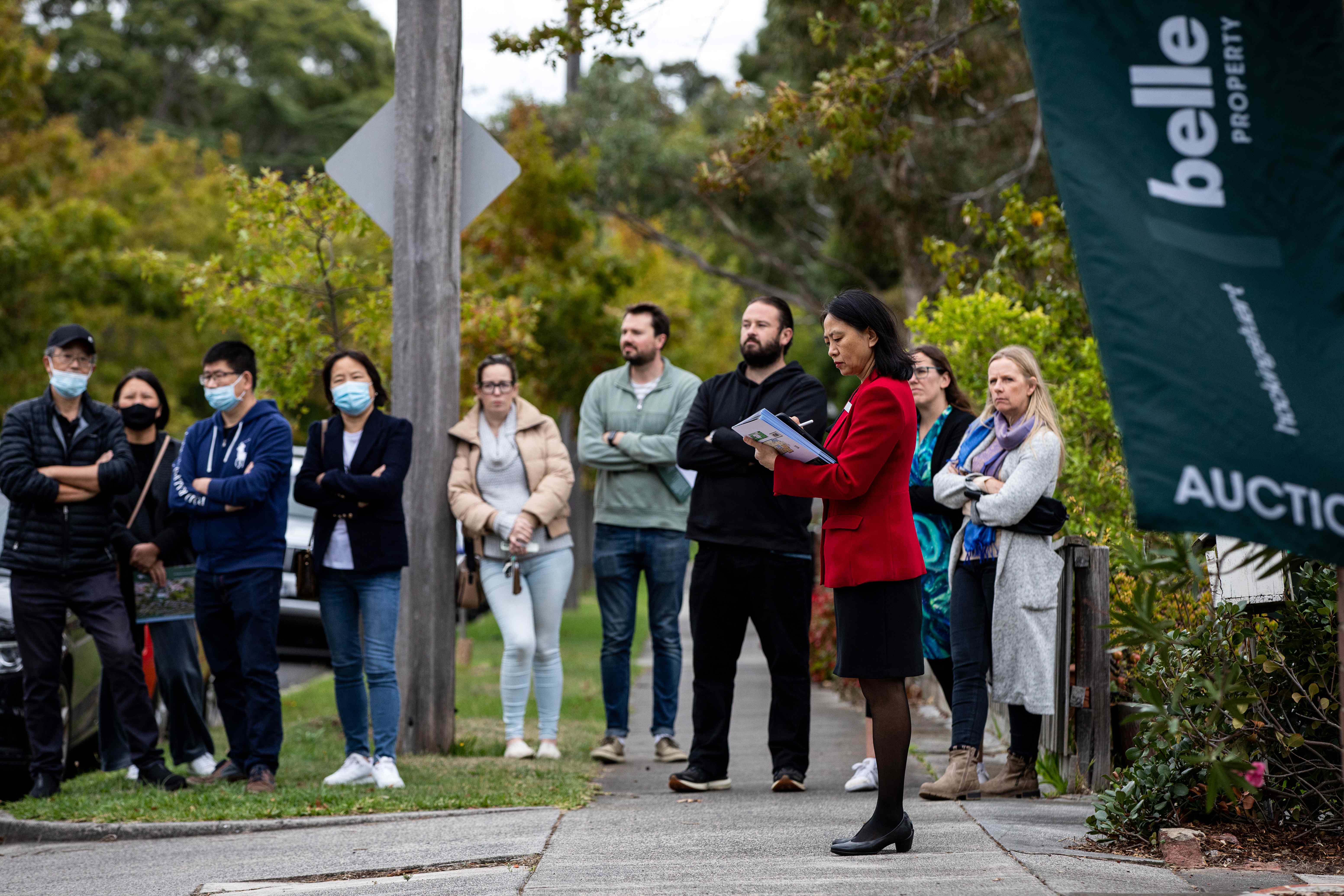Creating ‘How-to’ guides can be an effective resource for any prospect clients for a number of reasons. Apart from achieving its primary goal to be informative, it also adds more credibility to your firm as experts in your field, boosts your website SEO, and helps with lead generation.
Assuming you already have a website and active blog, you’re on the right track to being more visible to potential buyers and sellers.
To boost your chances of turning someone who is looking for a conveyancer and is comparing different websites, to contacting you for your business, consider mixing up your content and making it engaging and insightful.
‘How-to’ guides are one of the easiest and most effective ways to convey yourself as an industry expert and provide helpful information on one go.
To ensure you achieve this, we’ve compiled four tips to consider when creating a ‘how-to’ blog.
1. Conduct research
Depending on the topic, you want to write something that caters to the specific audience you’re targeting.
For instance, if you’re writing a how-to guide targeted toward sellers, there are certain terms and descriptions you can forgo, as you assume they have already learnt things about the buying process.
However, if you were targeting someone who has done neither, your content will have to be jargon-free and descriptive enough to resonate with an audience who knows very little about the process.
Establish the best topic for this blog by using simple trend analytics like Google Trends, to help you see what your prospects are searching for.
A tool like Google Trends will show you how often the key phrase is searched and what state it was most popular in, further helping you niche your ‘how-to’ guide.
Even if you know a topic incredibly well, research isn’t a step you should skip. In fact, knowing a topic too well can make it more difficult to write a how-to guide on the topic, as you might make assumptions about what should be covered.
For that reason, rely on your research to ensure you’re including all relevant information.
2. Structure
Consider your structure carefully. Does your topic lean itself to short sharp sentences under a numbered guideline? Or perhaps your topic lends itself to a picture-heavy demonstration? Or both.
Depending on your chosen topic this will become clear as you work on what the content will be. For example, if your explanations require slightly longer text about how to succeed as a buyer, than perhaps a numbered system will work.
However, if your content outlines how to conduct a VOI with your conveyancer, you will be in a great position to include screenshots of the electronic VOI tool or physical VOI steps they need to tick off the list.
Don’t forgo a summary and Call to Action (CTA) either. Much like the majority of triSearch blogs that include industry and business insights and tips (like this exact blog), you should include a CTA at the end, including a summary of the important points discussed.
If you’ve gained the approval of your reader, this is your chance to turn the lead into a client. Include how the advice you’re offering relates to your services and how best they can get in contact with you.
You can also link your ‘how-to’ to other blogs of similar topics to keep the reader on your website for longer.
3. Explain Why
While you may have an engaging headline which will bring your readers to the blog initially, explaining why they should read it in its entirety will keep them on the page for longer.
Consider placing yourself in the shoes of someone looking to buy their first house and you’re using a simple ‘How to buy a house’ blog title.
Before the reader digests your step-by-step guide, they will want to know why yours is different than others, why it’s important they read it and how relevant it is to their search.
It will also increase the chances of the reader seeing your call to action about contacting you for more expert advice on how you can help them when buying a house.
4. Style
Think about the style you’re going to use when designing the how-to guide. Will it be instructive, formal, guided or casual. Overall, you should aim for it to be short, sharp and direct, and clear in what it is you expect the reader to do.
Typically, if someone is researching ‘how-to’ do something, it is because they want the simplest and quickest explanation.
In many cases, they won’t have time to read text-heavy how-to blogs. This of course, will all depend on the topic you choose.
You should also consider what diction you will use throughout the blog.
For example, if instructions are riddled with jargon but angled towards a first home buyer, you can nearly guarantee that person is going to read the first step, get lost in its meaning, then close the page.
However, if you explain each step as if you were talking to someone who has never heard of your field of expertise before, you will be more engaging and easier to understand.
However, this needs to be done without sounding condescending.
You also need to think of the design of your ‘how-to’ guide. Will it lend itself to pictures, numbers, dot points, or all of the above.
This will take some experimentation once you have your content sorted, try different layouts and preview the page to see what is more visually appealing.
Ultimately, a ‘how-to’ guide written and designed well can offer you a unique medium for lead generation.
They add credibility to your firm and present you as an expert in your industry compared to your competitors.
triSearch is dedicated to helping your conveyancing firm make the most of its website and assets, for more industry and business tips, subscribe to our monthly newsletter, The Conveyancer Digest.






